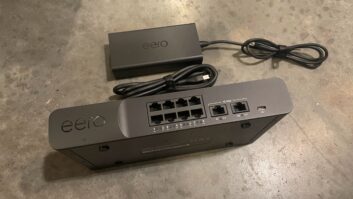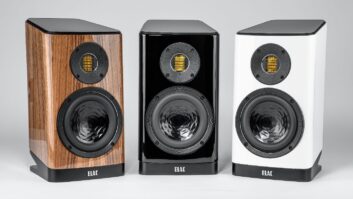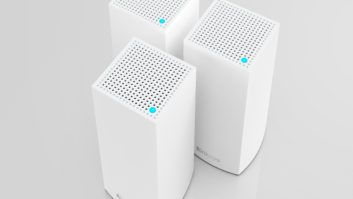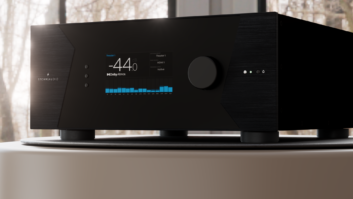That’s the most common question I’m asked when I help integrators with their network issues. I’ve never thought about it before, but that’s because I’ve been running Cat-6 cables for several years now without ever looking back—I’ve even installed a few Cat-6a connections for large corporations.

The real question is: what job would require the performance of a Cat-6A cable, as opposed to a Cat-5e? Typically, cabling doesn’t get replaced in networks within 10 years of the original install.
The largest difference is not in the cables’ differences. In fact, they’re practically the same at 100 meters (unless you’re using Cat-6 to do 10Gbps, but Cat-6 only does 10Gbps for up to 55 meters). As you move up from Cat-5e to Cat-6 and so on, there is less signal loss, less cross talk, and more bandwidth. And of course, greater cost.
Which cable is right for me?
Just to clear things up, a Cat-6/Cat-6a cable will not make your 30Mbps wired connection faster—in fact, you’re not even close to using the capacity of a Cat-5e at that point. The point is, eventually (expected within the next year or two) a lot of customers will have 1Gbps devices on the networks in the home and business. If you’re installing Cat5e still, this cable will eventually become the bottleneck in the network.
All three cables listed above support 10/100/1000Mbps, which is enough for most networks. But I already see companies boasting about speeds faster than Google’s popular fiber ISP. Although it is unlikely a residential or business based install will require 10 gigabits to power up desktops/workstations, systems are often designed for the future. In this case, the 10 gigabit capacities of Cat-6 are problematic due to the limited distance it can travel (up to 55 meters). For future proofing, I would highly recommend Cat-6, but if price is no object then you should jump to the Cat-6a to save yourself and the future technicians the trouble of re-running wires over the next few years. If the business or customer believes they will be moving in a few years, then stick with the Cat-6.
But let’s be honest, when will Cat-6a really be needed in an installation? It really depends on the current state of things because wireless technology changes pretty fast. But in my 10 years of networking experience, I have noticed that cabling takes years to fully switch over (if at all). I still see the occasional Cat-5 being run. Of course there are always the “early adapters,” but right now buying Cat-6a cable is like buying a 4K TV without any content. You really can’t maximize or justify the extra money on a Cat-6a versus using a Cat6 at this point.
My recommendation would be to use Cat-6, and to only upgrade to Cat-6a if you have the budget. In a few years, everyone will be happy they made the switch earlier rather than later (when it’s required).
But don’t forget to keep an eye out for Cat-7 and Cat-8 cables, as well. They’ve been widely discussed for the past couple of years. If you want to future-proof your switches and prepare for aggregation later, just use fiber.
So tell me, what do you think? Why do you use the cable you do, and what would you recommend to fellow installers?
To read Jason Gibson’s post Cat-6 and Cat-6a vs. Fiber, click here.







